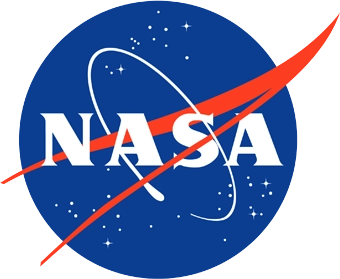Early Career Scientist Spotlight
Dr. Aleida Higginson (she/her)
Heliophysicist
Space Weather Laboratory (674)
Did you always know that you wanted to be a heliophysicist?
Absolutely not! I didn’t even know heliophysics was a thing until my junior year of college when I did an internship at the Harvard-Smithsonian Center for Astrophysics. I didn’t know much about doing a PhD either, I just knew it meant you had to discover something new, and that was really intimidating to me. My project was simulation-based and I enjoyed it immensely. Even though, in hindsight, it was a pretty small project, that little bit of exposure was enough to get me hooked. The summer I was at the Center for Astrophysics was also the summer right after NASA’s Solar Dynamics Observatory launched and the excitement within the community was so palpable and contagious – not to mention there were LOTS of pretty pictures of the solar corona flying around. By the time I left that internship, I knew that I had to go to graduate school to study the Sun.
Tell us about the research projects you are currently working on.
My main job is to perform computer simulations of the Sun, specifically focusing on the region where the corona turns into the solar wind. This is a complex region where a lot transitions and dynamic processes occur. The part I’m focusing on is specifically how the magnetic topology (that is, the shape of the magnetic field) influences the formation of the solar wind. I’m hoping to better understand how the magnetic field at the Sun directly affects what type of solar wind we observe at a given place out in the heliosphere. Most of my research involves a software package called ARMS (the Adaptively Refined Magnetohydrodynamic Solver) which I help to maintain, but it also involves comparing my simulations to observations. On any given day, I might be flipping through my simulation output or the latest data from Parker Solar Probe, Solar Orbiter, or older missions like SDO (Solar Dynamics Observatory) and ACE (Advanced Composition Explorer).
A secondary role I have here at NASA is as the Deputy Mission Scientist for the IMAP mission. IMAP (which stands for Interstellar Mapping and Acceleration Probe) is going to study the heliosphere both near to and far from Earth. The measurements it takes will teach us about the very outer reaches of our heliosphere, right at the boundary between our star system and interstellar space, as well as the solar wind environment right next to our own magnetosphere. This mission is set to launch in 2025, and being involved during the development phases of a NASA mission has been a great learning experience.
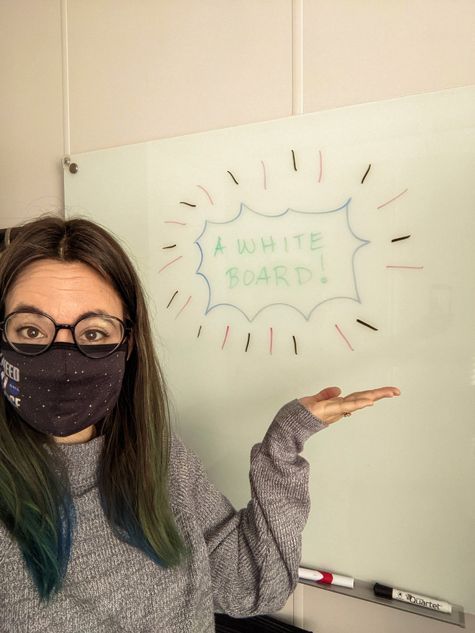
Credit: Aleida Higginson
What science question intrigues you the most?
Right now, the burning question I want answered is “what determines the plasma composition of the solar wind?” It’s not an easy question to answer because even though Parker Solar Probe is flying closer to the Sun than we’ve ever been before, it still can’t get down into some of the key regions where the ratios of different elements within the solar wind get determined. Because of this, scientists are left trying to link together remote observations, like spectroscopic and white light telescope observations of the corona, with in situ plasma detectors, which comes with a whole host of problems to untangle. It’s a key question that Parker Solar Probe and Solar Orbiter are working on, and if we could answer it, we’d be that much closer to mapping the escape route that plasma takes from the Sun on its way to Earth.
If you were to expand your current research focus, what new topics would you explore?
Oh wow, there are so many paths to take. I’m always looking to hone my numerical skills as there are several physical processes left to work into our software package. I wonder about how the magnetic field low down in the corona might be contributing to heating the corona to over 2 million degrees (a process we do not yet understand!) Recently we’ve also been throwing around the idea of extending some of our theoretical tools that we use at the Sun to the magnetic fields of planets as well. As a scientist, there are always a million other projects that I want to get off the ground, if only I had the time!
What was your first big research achievement?
I’d say it was the first time I was invited to speak at a conference. I was a second year graduate student when I got invited to speak at a heliophysics workshop on my research project, which wasn’t even completed at the time. That was incredibly intimidating but it was also so exciting that someone wanted to hear what I had to say!
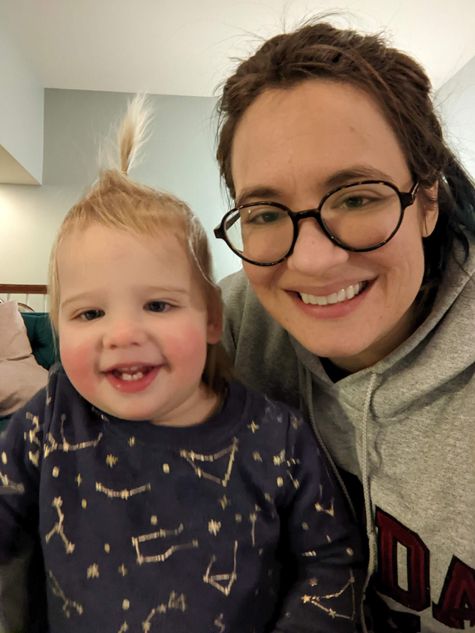
Credit: Aleida Higginson
What do you like to do in your free time?
I love gardening, which is a pretty cliché hobby I suppose, but I’m fascinated by plants. Depending on when you ask me, they are like tiny little biological machines for me to try to figure out, or they are as dear to me as a pet (except they don’t pee on the carpet or need to be let out at 6 am!) Recently, my bromeliad finally bloomed after 6 years of raising it from a pup and I’m so proud of it! I also love getting outside with my daughter, watching Formula 1, and reading all things science fiction!
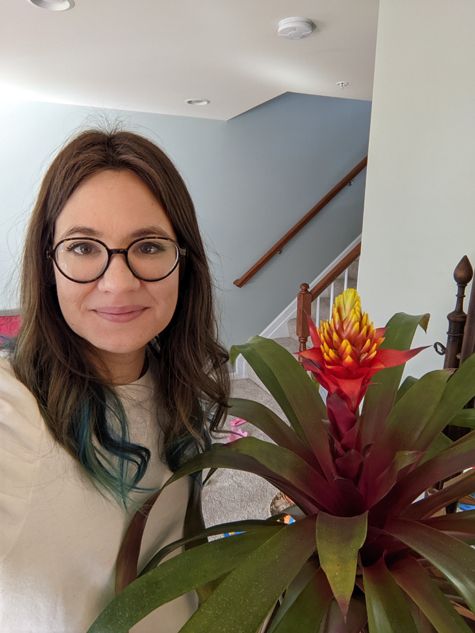
Credit: Aleida Higginson
What early career advice do you have for those looking to do what you do?
Firstly, just take any opportunity that sounds fun. Every single person’s career path is different and there’s no one right way or place to do science. You never know where you will end up. But, secondly, make sure you’re always asking “but why?” and becoming an expert in the answer to “why?” If you can develop that skill early on, you’ll never be bored (or out of a job!) Lastly, if you’re in school, take as many coding classes as you can fit into your schedule. You’re going to have to do it eventually, so the more formal training you take, the more confidence you’ll have down the road.
Biography
Home Town:
Waldorf, MD
Undergraduate Degree:
B. Sc. Astrophysics w/ Minor in Computer Science, Florida Institute of Technology, Melbourne, Florida
Post-graduate Degrees:
M. Sc. Space Science, University of Michigan, Ann Arbor, Michigan
Ph.D Space Science, University of Michigan, Ann Arbor, Michigan
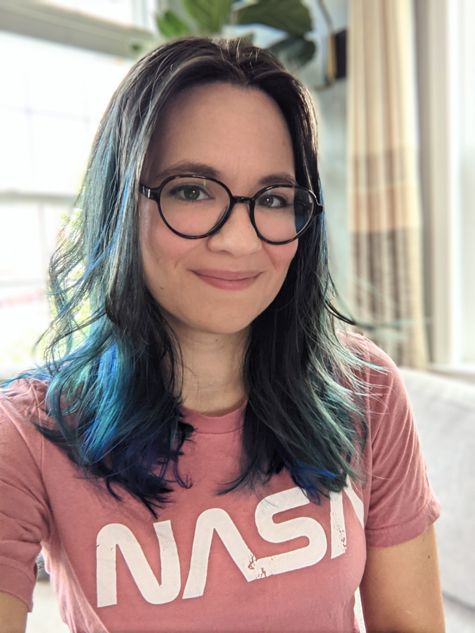
Link to Dr. Higginson's GSFC Bio
